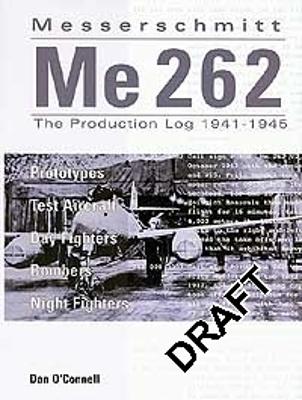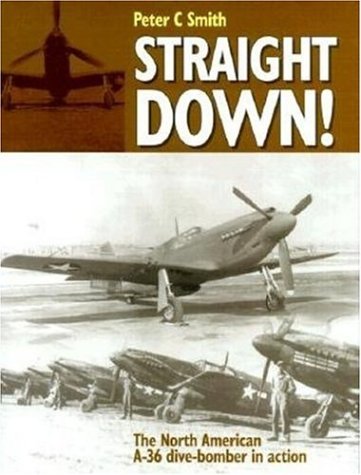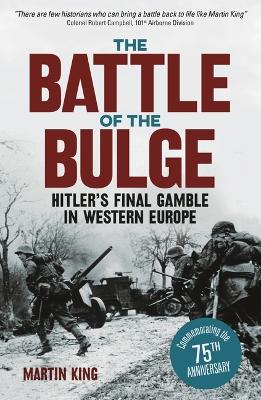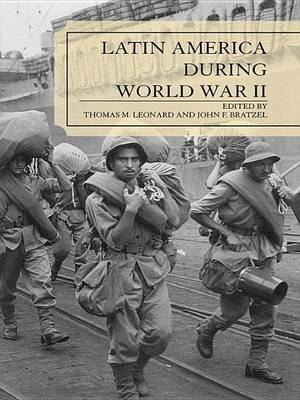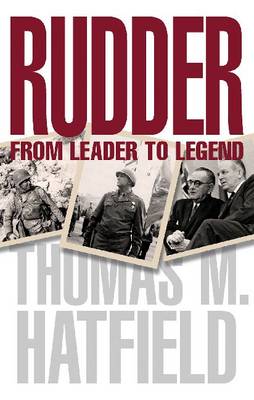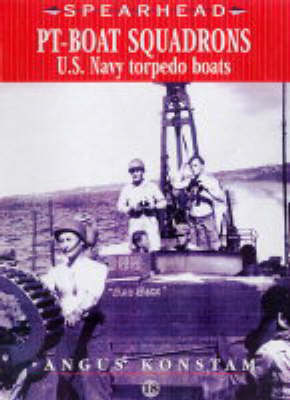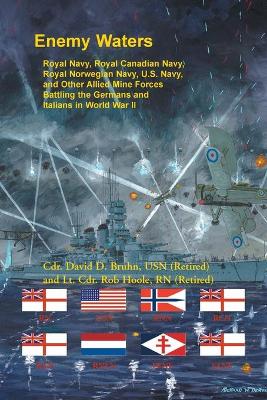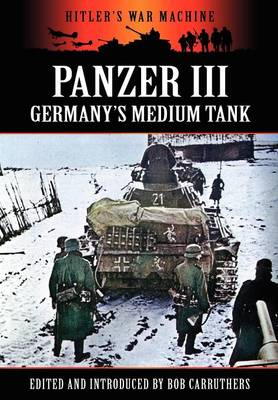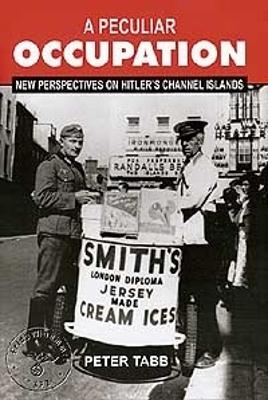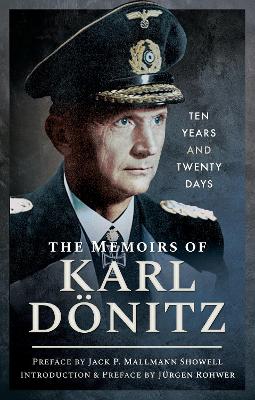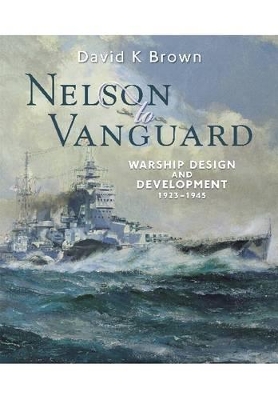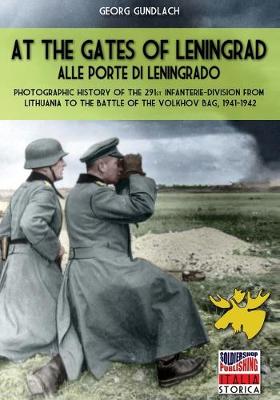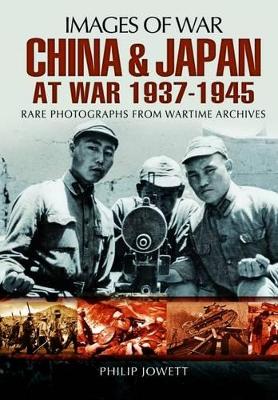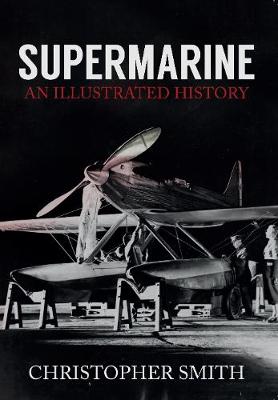"Martin King tells the human side of the story of the Battle of the Bulge better than anyone." Commander Jeffrey Barta, US Navy (retired) "I have walked the battlefields with Martin King, who has traversed them countless times with veterans of the Bulge. No one knows this story like Martin, and no one can tell it quite the way he does." Rick Beyer, New York Times bestselling author of The Ghost Army of World War II The vortex of a tornado is a vacuum, and that is where we were, in the centre of...
The first full-length study of World War II from the Latin American perspective, this unique volume offers an in-depth analysis of the region during wartime. Each country responded to World War II according to its own national interests, which often conflicted with those of the Allies, including the United States. The contributors systematically consider how each country dealt with commonly shared problems: the Axis threat to the national order, the extent of military cooperation with the Allies...
Merriam Press Military Monograph MM36 (Seventh Edition, 2011). Extremely detailed day-by-day chronological history of the entire campaign in the Philippines during the first six months after America's entry into the war. Considerable information on units, personalities, combat, and more. Allows you to follow the conduct of the entire campaign in context, and to more easily relate this slice of World War II with other aspects of the war at the same time. Contents: Dedication; Introduction; Decemb...
Rudder (Centennial Series of the Association of Former Students, Texas A&M University)
by Thomas M. Hatfield
In times of war . . . in times of peace . . . in times of sweeping social change . . . a leader for all seasons . . . Whether scaling the seemingly insurmountable cliffs of Pointe du Hoc with his advance assault troops during the Normandy invasion, restoring integrity to the Texas Land Office, or overseeing transitions in an academic institution with hallowed traditions during a time of contentious cultural change, James Earl Rudder (1910-1970) forged a legacy of wartime gallantry and peacetime...
The Campaign in Norway (Official History of the Second World War)
by T. K. Derry
When Claude Peri and Madeleine Bayard meet in the 1930s, they fall immediately and passionately in love. Soulmates and lovers, they work together on missions as spies for the French Government -- but on returning to Paris in 1939, they are appalled to see their countrymen flee the capital in terror as the German army advances. In an act of typical defiance, they escape -- not to capitulate, but to fight for the other side. Claude and Madeleine tells how, aboard their beloved ship SS Le Rhin, t...
The story of the last world war, as told by Grand Admiral Karl Doenitz himself. His memoir covers his early career with submarines in the First World War and follows both his successes and failures through the Second World War, with great detail on the way the U-boat campaign was waged, as told by the man who invented U-boat tactics. Doenitz includes details of the U-boat campaigns during the Second World War as well as the opinions, ideas and commentary on the period. Of particular interest are...
During World War II, more than twelve million American men served their country in combat and behind the lines. Although their numbers are fewer, and none were drafted, 300,000 American women also felt an overwhelming call of duty to help rid the world of the Nazi threat. As veterans age, many are recording their experiences for posterity. In this evocative memoir, we have the rare record of a woman soldier. Montana-born Grace Porter was teaching school in Iowa when, in 1942, she turned twenty...
Nelson to Vanguard: Warship Design and Development 1923-1945
by D. K. Brown
The third volume in D K Brown's bestselling series on warship design and development looks at the Royal Navy's response to the restrictions placed on it by the Washington Naval Treaties in the inter-war years, and analyses the fleet that was constructed to fight the Second World War. He focusses on the principal pre-war developments such as the first purpose-built aircraft carriers and the growing perception of the threat of air attack to warships. All the wartime construction programmes are cov...
The first general study of communism in Mediterranean Europe, shedding fresh light on the origins of Europe's present East-West divide. This book should be of interest to students and teachers of history, politics, international relations, European studies.
At the gates of Leningrad - Alle porte di Leningrado (Italia Storica, #68)
by Georg Gundlach
The 1937-1945 war between China and Japan was one of the most bitter conflicts of the twentieth century. It was a struggle between the two dominant peoples of Asia. Millions of soldiers fought on each side and millions of soldiers and civilians died. Philip Jowett's book is one of the first photographic histories of this devastating confrontation. Using a selection of almost 200 historic photographs, he traces the course of the entire war - from the Japanese invasion and the retreat of the Chine...
New paperback edition of a long out of print classic about FDR and World War II by his personal secretary. A compelling document that provides insights into FDR's daily routine during the War. This text is quoted by all historians and biographers of FDR and comes out appropriately for the 70th anniversary of the end of the war and FDR's death in April 1945. This reprint joins many books published about Franklin D. Roosevelt and stands out because of the content, which provides little-known detai...
In 1904 an eccentric inventor, Noel Pemberton-Billing, took an interest in flying machines. In the spirit of the pre-Wright brothers pioneers, he launched himself off the roof of his house in a flight which ended 30 feet directly below. From these humble beginnings emerged a company that went on to produce the most famous, most instantly recognisable fighting aircraft in the world: the Supermarine Spitfire. Supermarine's engineering mastermind, R. J. Mitchell, designed an astonishing twenty-fou...
